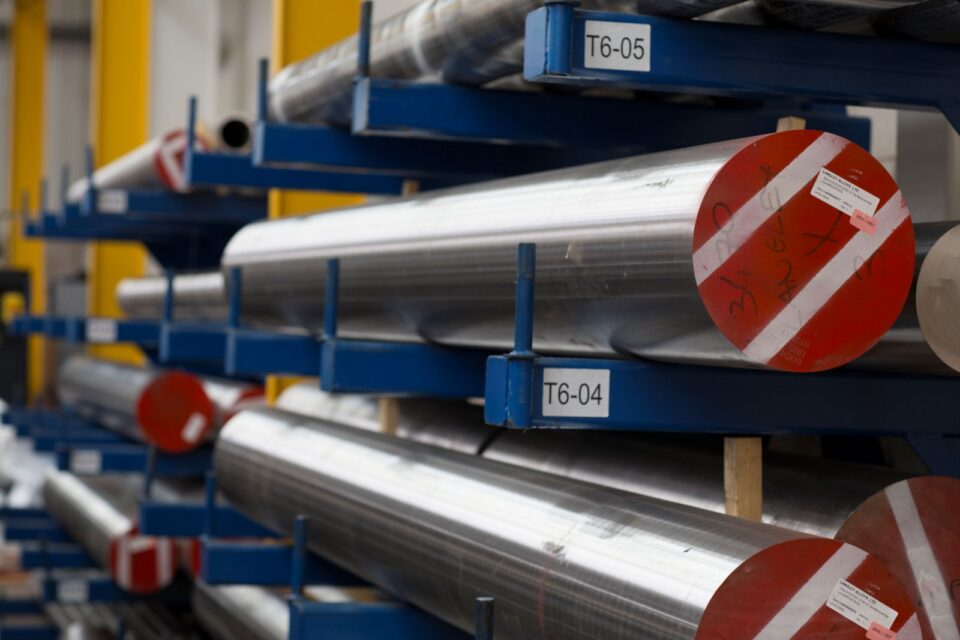Super duplex grades offer an unrivalled combination of high strength, corrosion resistance and price. However, they are sensitive to the formation of harmful microstructural phases if cooled too slowly during production or heated too highly during fabrication.
In simple terms, a bar of metal is a crystalline material. The internal structure is made up of individual crystal grains of differing sizes and orientations, the nature of which influences its physical and mechanical properties. The microstructure is a factor of composition and thermal history. For this reason, steelmaking is often compared with baking – controlling the recipe and the time and temperature in the ‘oven’.
Super duplex stainless steels are a mixture of ferritic and austenitic grains that give them their favourable properties. Solution annealing ensures a consistent composition throughout the item, frozen in place by rapid quenching.
If cooling is too slow, other crystal grains known as ‘phases’, may form. Sigma and chi ‘intermetallic phases’ are rich in chromium, meaning the surrounding space has a lower chromium content. As chromium encourages corrosion resistance, the areas around the sigma phase are of much lower corrosion resistance. Also, these hard, brittle phases significantly lower impact strength.
So, how does this phenomenon limit the maximum diameter of super duplex stainless steel bars? Even when quenched, it is not possible to remove the heat from large bars quickly enough to avoid the formation of these negative phases. Norsok-qualified manufacturers control the transfer time from furnace to quench, and the maximum water temperature. However, above 16” / 406.mm, the cooling rate is still too slow to guarantee no sigma or chi formation.
For this reason, Langley Alloys chooses not to stock super duplex stainless steel bars in larger diameters. If you need to produce larger components what are your options?
- We stock super duplex plate up to 3” / 76.2mm thickness. This allows larger diameter items to be offered, albeit limited to the maximum thickness of the plate.
- If the part cannot be machined from 3”/76.2mm thick plate or 16”/406.4mm diameter bar then bespoke forgings could be a work around, if the ruling section does not exceed this maximum allowable size.
- Hot isostatic pressing (HIP) is less widely used, on account of its relative cost, lead time and availability. Parts are produced from powder in high-pressure furnaces. As the mould (‘pattern’) for the powder to create the component can include central bores, the ruling section can be lower than a solid item. Subsequent heat treatment can achieve the required cooling rates.
- Heat treatment after machining is viable for some components. Machining may remove up to half the starting weight of a solid bar. Central bores may dramatically reduce the ruling section. The only risk after heat treatment is potential distortion during cooling. Therefore, heat treatment should be undertaken after proof machining to allow a final finish machine stage.
Let the Langley Alloys team support your sourcing of corrosion resistant alloys, with our extensive stocks, added services and technical support.


